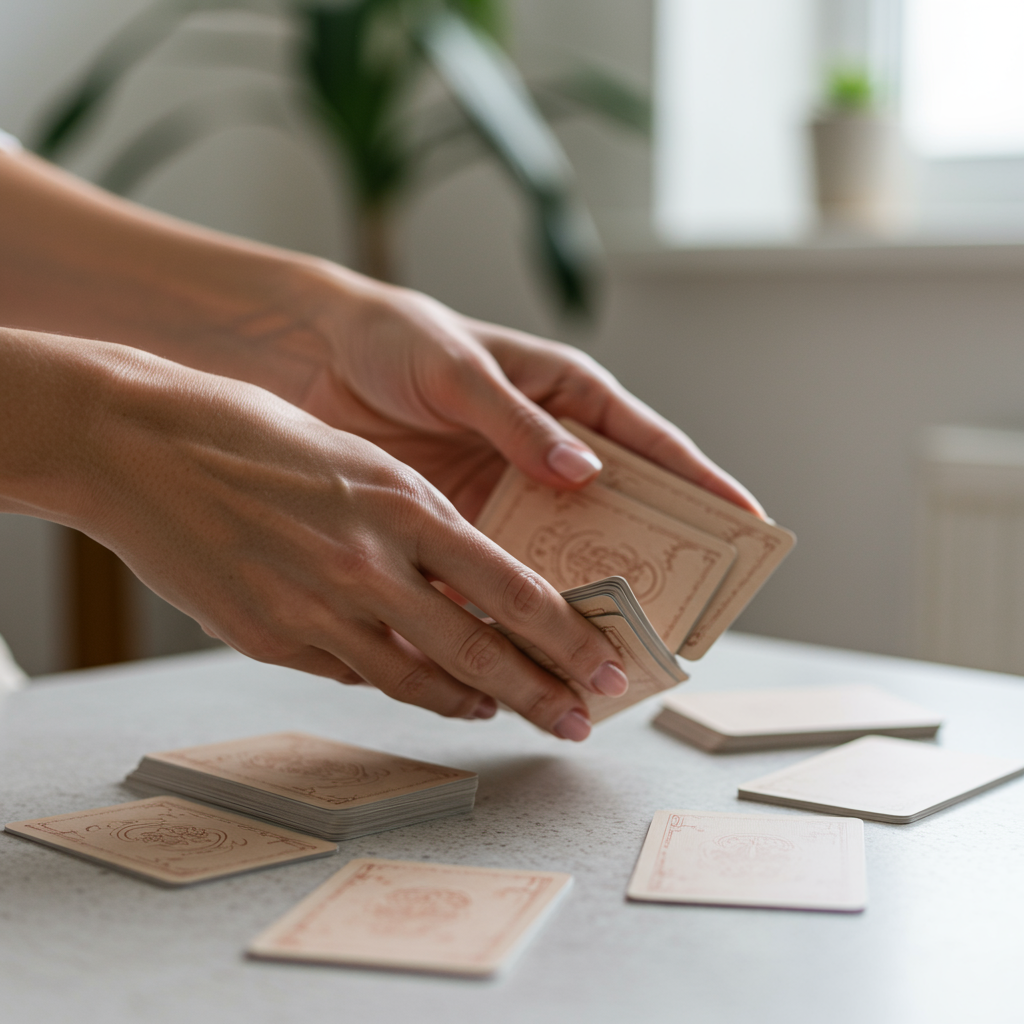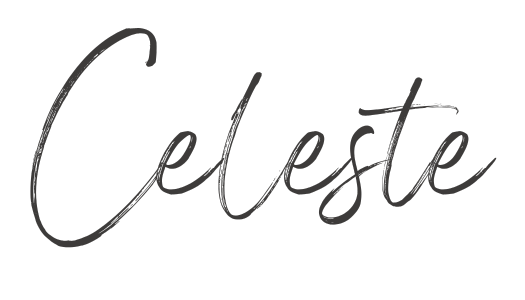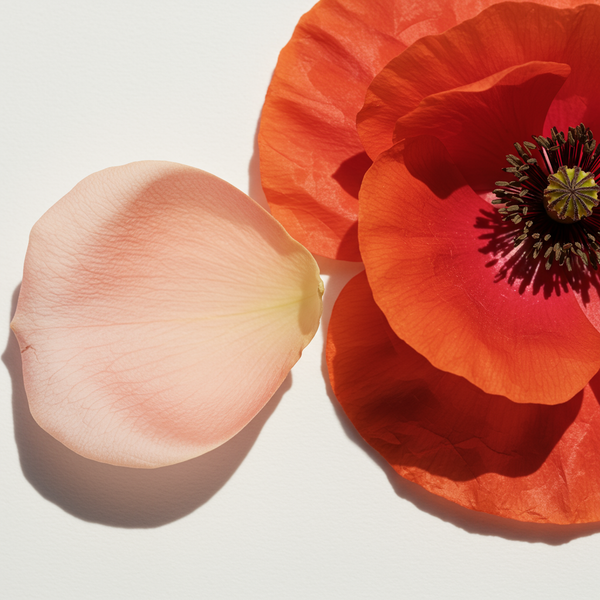How to Pull a Daily Tarot Card for Clarity and Self-Reflection

In our increasingly fast-paced world, finding moments for introspection and gaining clarity can feel like a luxury. Yet, carving out time each day for self-reflection is not just beneficial; it's essential for personal growth, decision-making, and emotional well-being. Many tools exist to aid in this journey, but few offer the blend of intuitive wisdom and actionable insight as effectively as Tarot.
Far from its stereotypical portrayal as a fortune-telling device, modern Tarot is a powerful system of archetypal symbols designed to illuminate your subconscious, offer new perspectives, and guide you through life's complexities. By engaging with these ancient symbols in a daily practice, you can tap into a wellspring of personal wisdom.
Pulling a single Tarot card each day is a simple yet profound way to ground yourself, set an intention, and gain a unique lens through which to view your experiences. It's not about predicting the future, but rather about understanding the energies at play, clarifying your feelings, and making conscious choices that align with your deepest self. This practice can transform your daily routine into a mindful ritual, fostering greater self-awareness and intentional living.
Why Opt for a Single Daily Card?
While multi-card spreads offer detailed insights into specific situations, the daily one-card pull excels in its simplicity and accessibility. It requires minimal time, making it easy to integrate into even the busiest schedules. This focused approach encourages you to delve deeply into a single message, allowing its wisdom to resonate throughout your day without overwhelming you with too much information. It cultivates consistency, building a habit of introspection that compounds over time.
Choosing Your Deck and Creating Your Space
Before you begin, select a Tarot deck that calls to you. There are hundreds of decks available, each with unique artwork and energy. Trust your intuition; the deck you feel most drawn to is likely the one that will communicate most effectively with you. Once you have your deck, designate a quiet, undisturbed space for your daily ritual. This could be a corner of your desk, a special altar, or even just a moment of peace at your kitchen table. The intention behind the space is more important than its grandeur.
Step 1: Set Your Intention
The first and most crucial step is to clearly define what you seek from your card. This isn't about asking for a specific outcome, but rather about inviting clarity, guidance, or a deeper understanding of the day ahead. Frame your intention as an open-ended question or a statement of focus. Examples include:
- "What energy will best serve me today?"
- "What do I need to be aware of today?"
- "Where should I direct my focus today?"
- "What lesson does today hold for me?"
- "What insight can help me navigate my current challenge?"
Take a moment to breathe deeply, center yourself, and silently or verbally state your intention. This acts as a beacon for the cards, directing their message to your specific needs.
Step 2: Shuffle and Draw
With your intention firmly in mind, begin to shuffle your deck. There's no single "right" way to shuffle; find a method that feels natural and allows you to connect with the cards. You might riffle shuffle, overhand shuffle, or simply spread the cards out and mix them with your hands. As you shuffle, continue to hold your intention. When you feel a sense of completion or a subtle nudge, stop shuffling.
Now, draw a single card. Some people prefer to pull the top card, others fan the deck out and let their intuition guide their hand to a specific card, and some simply cut the deck and take the top card of the chosen stack. Trust your instincts on which card to select. Turn it over and place it before you.
Step 3: Observe and Interpret
Once you've drawn your card, take your time to simply observe it. What immediately catches your eye? What colors, symbols, or figures stand out? What initial feeling or thought does it evoke? Pay attention to these first impressions, as they often carry profound intuitive messages. Then, consider the traditional meaning of the card, thinking about how its universal symbolism might relate to your specific intention or current life circumstances. For instance, if you pull The Tower, it might not signify disaster, but rather an unexpected paradigm shift or a need to break down old structures to build anew. If you're new to Tarot, a quick reference to a guidebook or online resource for the card's meaning can be helpful, but always filter that information through your own intuition and the context of your question.
Step 4: Reflect and Journal
The interpretation phase flows seamlessly into reflection. This is where the magic of self-discovery truly happens. Journaling is an incredibly effective way to deepen your understanding of the card's message and integrate it into your day. Write down:
- The name of the card and its upright or reversed position.
- Your initial thoughts and feelings about the card.
- Key symbols or elements that stood out.
- How you interpret its message in relation to your daily intention.
- Specific ways you might apply this insight to your day.
For example, if you drew the Eight of Pentacles, representing dedication and mastery, you might journal about a project requiring focused effort and how you can apply diligence to it throughout your day.
Step 5: Revisit and Review
As your day unfolds, keep your Tarot card and its message in mind. Observe how its themes might manifest in your interactions, challenges, and opportunities. At the end of the day, revisit your journal entry. Did the card's message resonate with your experiences? How did its guidance influence your choices or perspective? What new insights did you gain? This nightly review closes the loop of your daily ritual, solidifying the lessons learned and reinforcing the habit of mindful living. It helps you see the tangible connection between the symbolic wisdom of the Tarot and the practical realities of your life.
Tips for a Sustainable Practice
Consistency is Key: Aim for a daily practice, but don't fret if you miss a day. The goal is gentle consistency, not rigid perfection. Trust Your Intuition: There's no single "correct" interpretation. Your gut feeling is paramount. Over time, you'll develop a deeper connection to the cards and your own inner wisdom. Embrace All Cards: Even challenging cards (like The Devil or Death) are not "bad." They offer powerful insights into areas needing attention, transformation, or release. View them as opportunities for growth. It's Your Journey: Tarot is a personal tool. Adapt the process to suit your needs and preferences. There's no right or wrong way to connect with the cards.
Pulling a daily Tarot card is more than just a routine; it's an invitation to a deeper relationship with yourself. It provides a consistent touchstone for clarity, encourages self-reflection, and empowers you to navigate your days with greater intention and awareness. By embracing this simple practice, you unlock a powerful pathway to personal insight and mindful living, transforming each day into an opportunity for growth and understanding.
Ready to deepen your Tarot practice? Chat with Celeste for a complimentary one-card reading.




